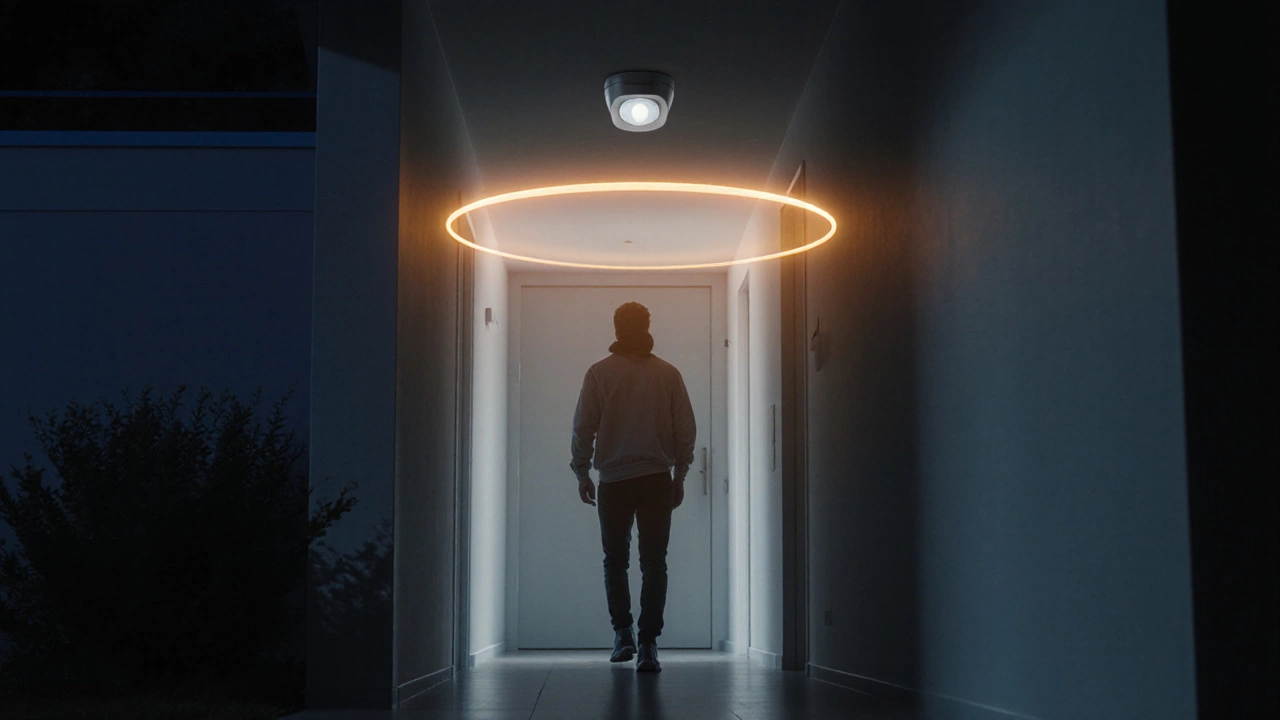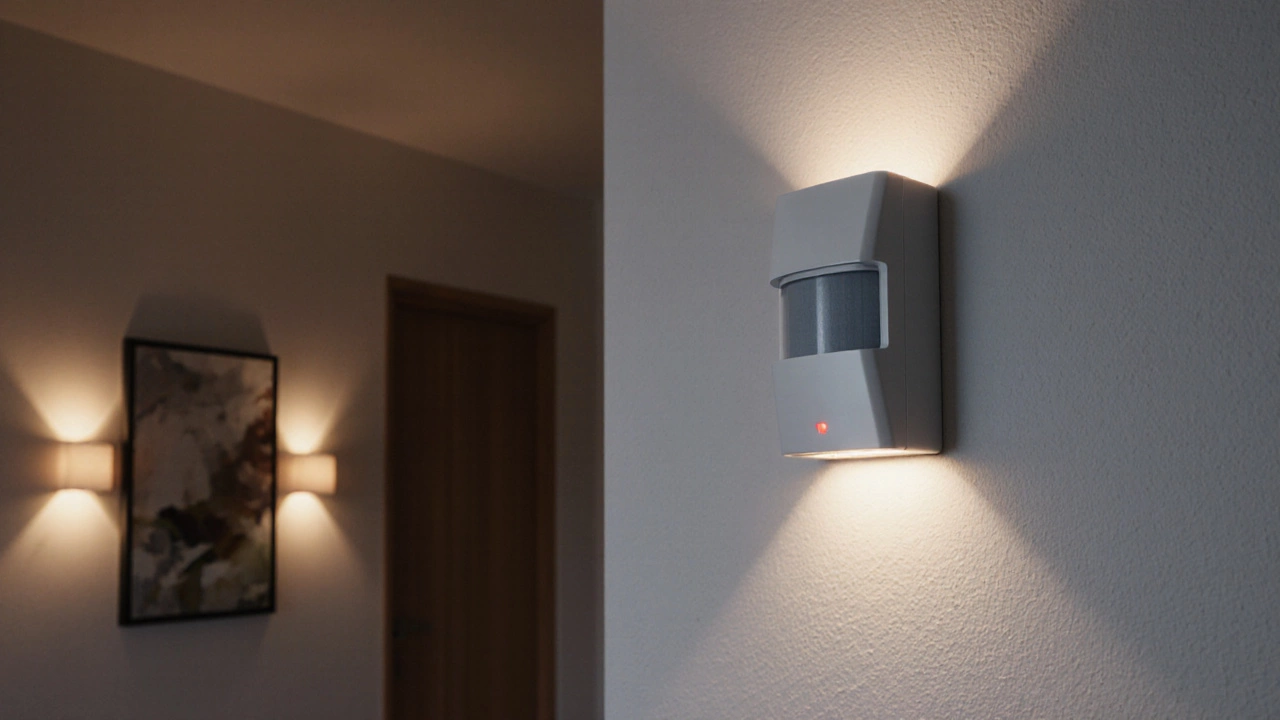When working with microwave motion sensor, a device that emits microwave (radar) waves and measures the change in reflected signals to spot movement. Also known as microwave radar sensor, it offers detection through glass or thin walls and can spot motion at longer ranges than many alternatives. motion sensor, a broad category of devices that monitor physical movement often relies on infrared (PIR) technology, but microwave sensors bring a different set of strengths. Pairing a microwave motion sensor with a security system, an integrated network of alarms, cameras, and monitoring services can dramatically cut false alarms and boost overall protection.
First, microwave motion sensors encompass radar detection technology, which means they can sense motion through obstacles that block infrared beams. This capability translates into fewer blind spots around doors, windows, or glass partitions. Second, they require a power source—either wired or high‑capacity battery—because the radar emitter consumes more energy than a simple PIR module. The trade‑off is a wider detection radius, typically up to 10‑15 metres, and the ability to detect slower movements that might evade other sensors. Integration with a security system enables instant alerts, and the sensor’s data can feed into smart home hubs for automated lighting or camera activation.
When you install a microwave motion sensor, consider mounting height and orientation. A height of 2‑2.5 metres keeps the sensor away from tampering while covering a broad field of view. Aim the radar panel slightly downward to capture motion across the floor plane, which improves detection of people sneaking low. If you opt for a battery‑powered wireless model, choose a location with minimal radio interference and check the battery life—many units last 2‑3 years on a single set of AA or lithium cells. This flexibility lets you protect areas where running power cables is impractical, like storage sheds or rented flats.
Use cases for microwave motion sensors stretch beyond home security. In offices, they can trigger occupancy‑based lighting, cutting electricity bills by turning lights off when rooms are empty. In industrial settings, they monitor restricted zones around machinery, alerting operators if someone gets too close. For intrusion detection, the sensor’s ability to see through glass makes it ideal for ground‑floor windows that traditional PIR devices might miss. Pairing the sensor with a smart lock system can even lock doors automatically when movement is detected after hours, creating a layered defense.
Looking ahead, microwave motion sensors are becoming smarter thanks to AI and IoT integration. Machine‑learning algorithms can analyze motion patterns to differentiate between pets, humans, and moving objects like curtains in the wind, further reducing false alarms. Cloud‑connected sensors can share data with other devices, enabling coordinated responses—such as turning on floodlights, recording video, and sending push notifications to a homeowner’s phone—all within seconds. This ecosystem approach means a single microwave sensor can become a hub for multiple safety actions.
Privacy and compliance are also on the radar. Since microwave sensors don’t capture images, they sidestep many GDPR concerns tied to video surveillance, yet they still collect movement data that must be stored responsibly. Choose sensors that offer local storage or encrypted transmission, and make sure your security system’s policies outline who can access motion logs and for how long. Clear signage informing occupants about motion‑based monitoring helps maintain trust and meets legal requirements in many UK buildings.
All these factors—range, obstacle penetration, smart integration, and privacy‑friendly operation—show why the microwave motion sensor is a valuable piece of modern security. Below you’ll find a curated set of articles that dive deeper into installation tips, product comparisons, and real‑world scenarios where these sensors shine. Whether you’re upgrading a home alarm, designing a commercial safety plan, or simply curious about the technology, the collection offers practical insight you can put to use right away.

Learn which motion sensor type-PIR, microwave, ultrasonic, or dual‑tech-fits your home. Get specs, installation tips, and a comparison table to pick the best motion sensor.

Discover the three main motion sensor types-PIR, microwave, and ultrasonic-along with their pros, cons, and best use cases for home security.